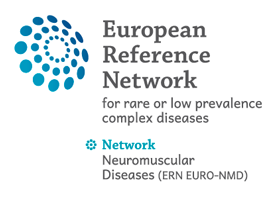04 Oct 2019
Policies and actions to tackle rare diseases at European level
Authors:
Antoni Montserrat and Domenica Taruscio
Rare diseases (RDs) are defined by the European Union as life-threatening or chronically debilitating conditions, with a prevalence lower than 5 per 10 000 inhabitants. Around
6000 diseases are described, affecting between 6% and 8% of the European population.
Due to their severity, diffusion and multi-faceted aspects, RD are an area where collaboration in public health, health care and research provides a major integrated added value.
Main areas for policy actions include: the development and implementation of European
Reference Networks, as a main strategy for sharing of knowledge, clinical expertise and
foster research; integration of high-quality patient registries, biobanks, and bioinformatics support, as key infrastructure tools addressing research and healthcare needs; the
implementation of National Plans on RD in EU Member States by sharing experiences,
capacity building and linking national efforts through a common strategy at a European level; actions driven by the recommendations for primary prevention of congenital
anomalies (the main RD group with multifactorial aetiology); policy provisions to foster
research and development of orphan drugs.

